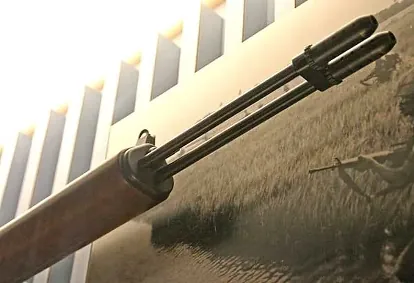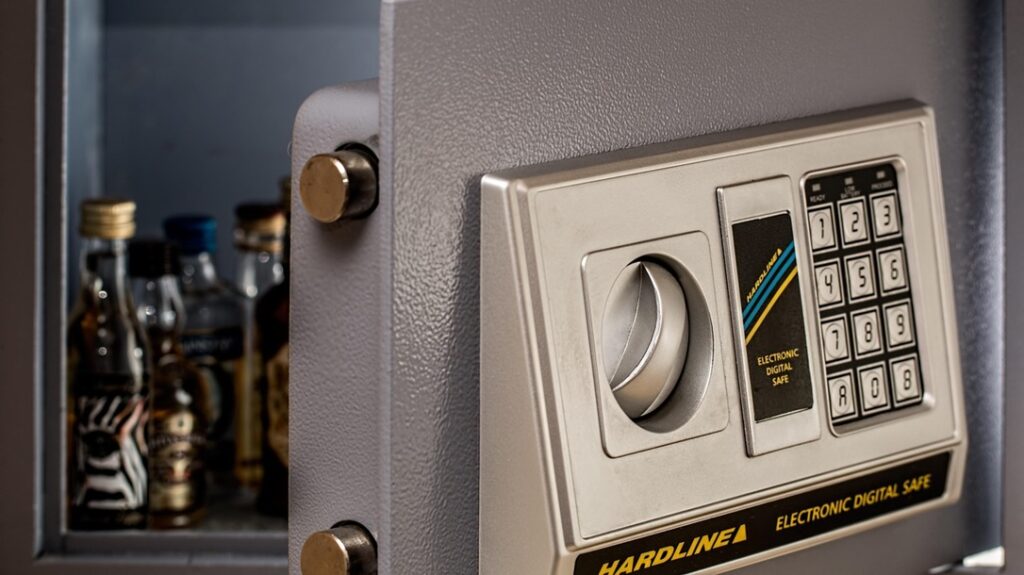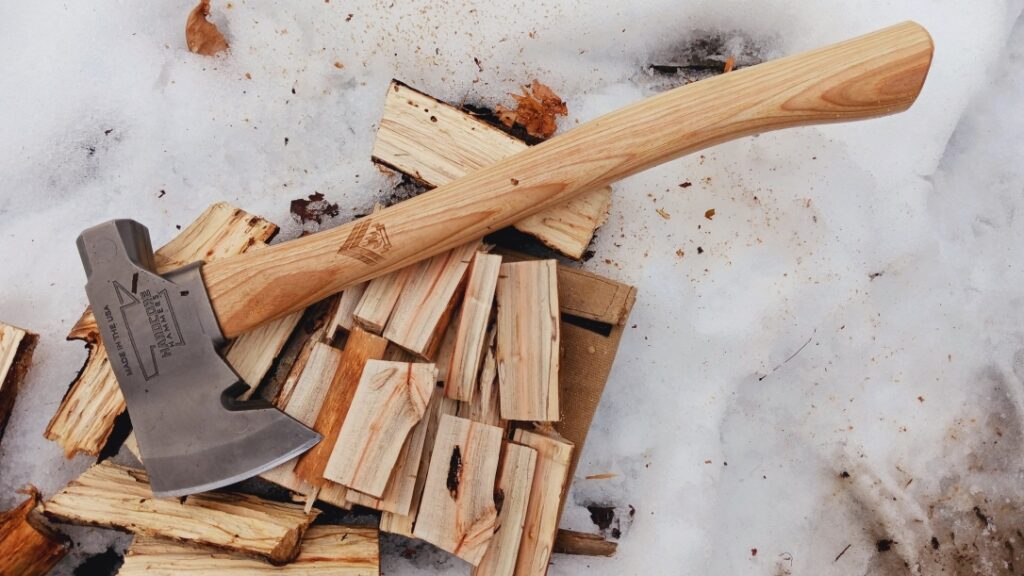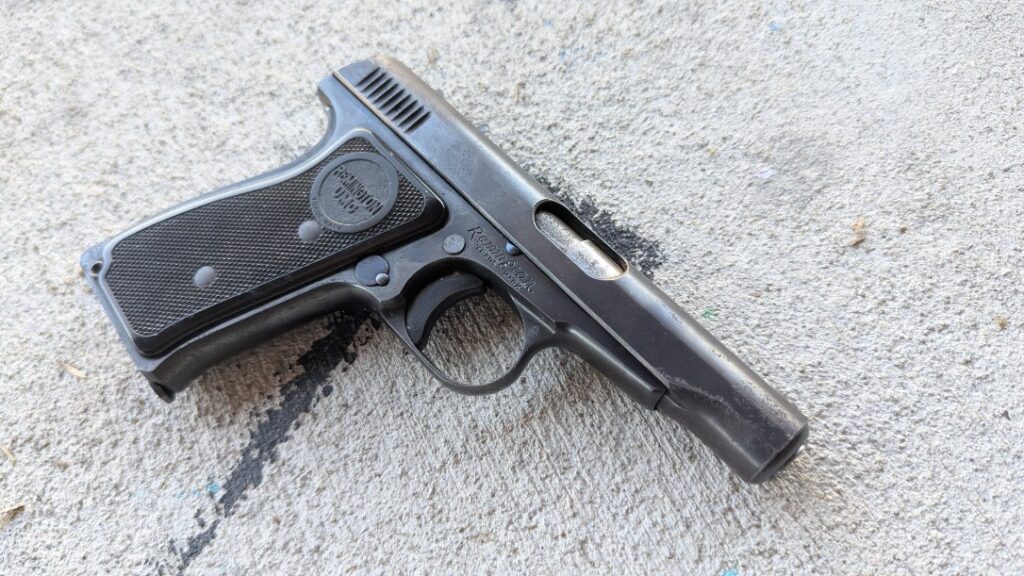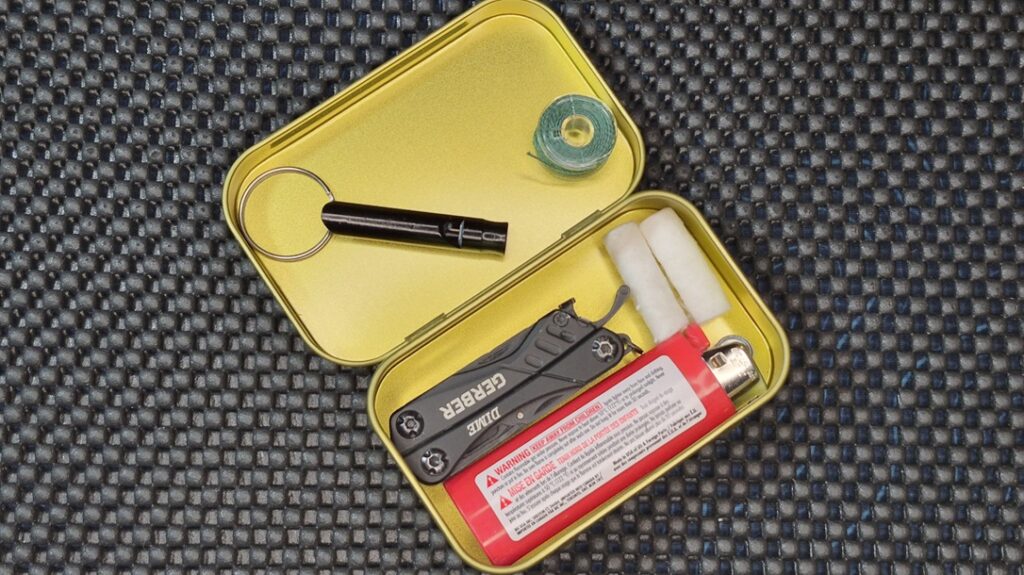Over the years, the Army has launched a lot of different programs. In a post-World War II world, the Army didn’t even have a strict, focused method of moving forward. While the M-14 trapped us to tradition, there were parts of the Army doing all sorts of experiments with flechettes, proprietary .22 caliber M1 Carbines, and Project Salvo.
Old weapons development programs tickle my tism just right, and I find myself pouring over old reports and trying to work through poorly scanned PDFs to get little nuggets of ancient information. One running theme I discovered that lasted from the 1950s up into the 1990s was the idea of multi-projectile weapons. These guns fired one cartridge but multiple projectiles per trigger pull.
That sounds a lot like shotguns, but Project Salvo aimed to provide multiple projectiles to rifles and machine guns. Project Salvo was an Army program that officially lasted from 1952 to 1960. However, some of their findings and ideas kicked around a lot longer than that.
Advertisement — Continue Reading Below
Project Salvo – 1952-1960
Project Salvo experimented with various multi-projectile weapons. The program’s goal was to improve a soldier’s hit probability per trigger pull. The project explored three different avenues for multi-projectile weapons.
Single Barrel – Multi-Projectiles
One experiment utilized special duplex ammo. These cartridges featured one case but two projectiles. They were rifled through rifles and machine guns. The M198 Duplex round was a 7.62 NATO cartridge that looked fairly normal—inside the case sat another .30 Caliber projectile. This was seen as a simple, affordable option that would work with established weapons. These were designed to increase hit probability within 300 yards.
Project Salvo also developed a .22 Duplex cartridge and a .30 Cal Triplex cartridge. The M198 went the furthest in testing.
Advertisement — Continue Reading Below

The SAWS project tested duplex cartridges and found them unreliable. They created excessive chamber pressures and developed pierced primers. The same SAWS test found that at longer ranges, there might be an increase in shots on a target, but it was a small increase. At ranges up to 163 meters, there was no difference in hit potential. Duplex did have good results from 45 to 320 meters with aimed fire while the test forces were in the defense. Duplex rounds landed more rounds on target than standard ammo.
In testing against 5.56 caliber weapons with standard ammo, the 5.56 still beat the Duplex rounds. It turns out that aimed fire with less recoil was more effective than throwing two .30 rounds at a target. Automatic fire with standard ammo was also proven to be more effective.
Advertisement — Continue Reading Below
Multi Barrel Weapons
Project Salvo also experimented with multiple-barrel weapons that fired in salvos. America wasn’t alone in this experiment, and the Soviets tried some multi-barreled weapons. For this portion of Project Salvo Springfield Armory and Winchester-Olin, weapons with multiple barrels were developed that fired multiple rounds per trigger pull.
Springfield Armory developed a three-barreled bullpup rifle that fed from a fairly complicated magazine. This volley-fired assault rifle chambered .22 caliber projectiles and used a complicated feeding system so that all three barrels would be fed from a single magazine.
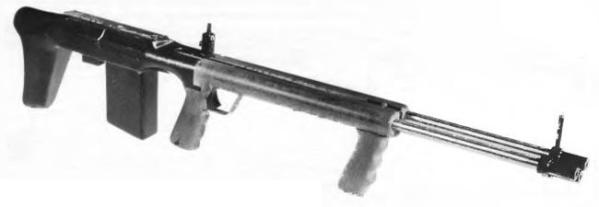
Advertisement — Continue Reading Below
Olin-Winchester produced a twin-barreled FAL converted to a duplex 5.56 cartridge. Stefan Janson, the man behind the British EM-2, designed this weapon. The rifles shared a single gas system. The rifle effectively fired four rounds per trigger pull with the twin barrels and duplex cartridges.
Both riddles had excessive recoil and were very clunky and tough to field for an individual soldier. The guns were impractical as a whole and remained in the 50s.
AAI Flechettes
AAI began developing a flechette-based shotgun shell before Project Salvo and received funding from the Navy. The Army added funding and invited AAI to join Project Salvo with their 12 gauge flechette shotgun shell.
Advertisement — Continue Reading Below
This 12-gauge shotgun shell held 32 flechettes. These were very lightweight flechettes but showed promise. According to Project Salvo, a flechette can penetrate a steel helmet at 500 yards. The downside was that the flechettes spread rapidly and inconsistently, creating a massive spread.
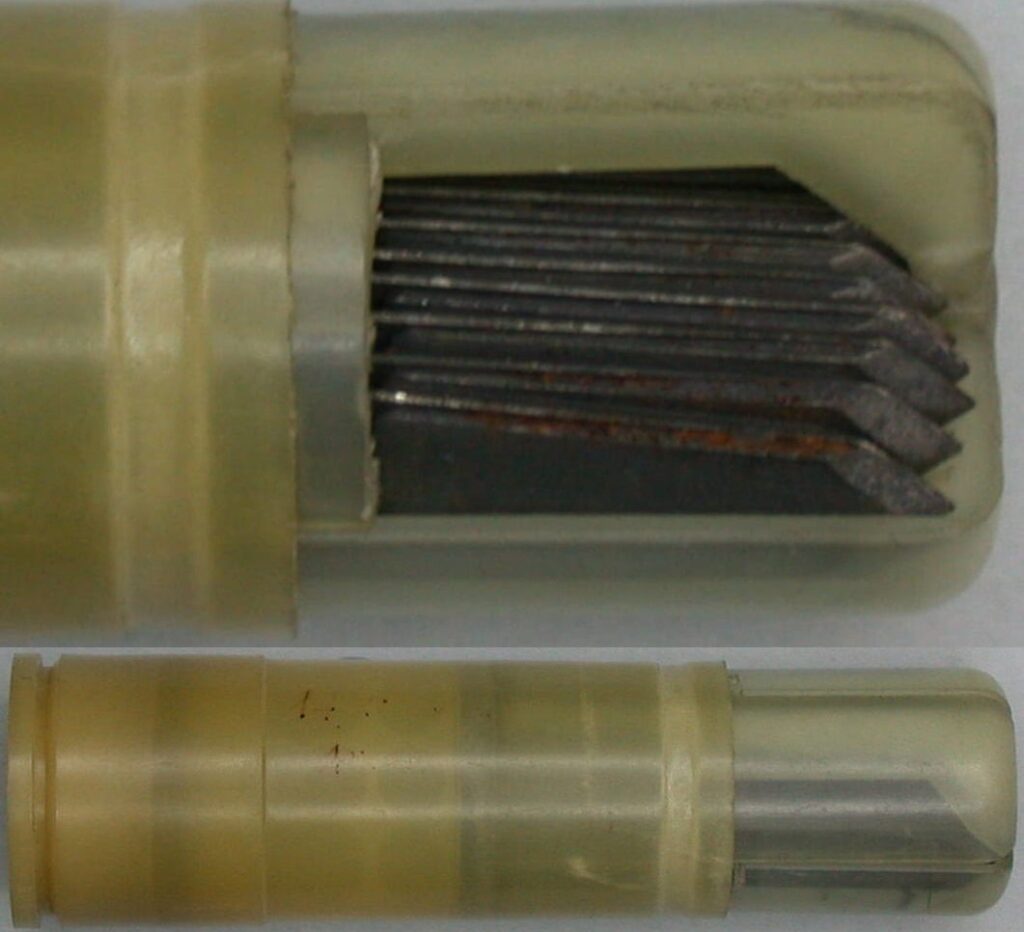
Flechette shotgun shells were used in Vietnam in limited numbers. They were found to be inefficient and less effective than standard buckshot.
Advertisement — Continue Reading Below
The flechette idea was kept. This led to a 5.6x53mm XM110 round, which loaded a single flechette. The Army created a Winchester Model 70 to chamber the round. It was very efficient, within 400 yards, with minimal recoil.
Experiments with flechette ammo would continue long after Project Salvo ended. The last one ended in the 1990s.
The End of Project Salvo
Project Salvo ended in 1960. Like most of the projects of this era, a lot of the research went nowhere. The most we got out of Project Salvo was some flechette artillery rounds. The ideas were a little off the wall, but we only say that now, with lots of experience and hindsight. The end of Project Salvo essentially concluded that the military should adopt the AR-15/M16 in 5.56 to increase hit probability. Funny how that worked out.
Advertisement — Continue Reading Below
